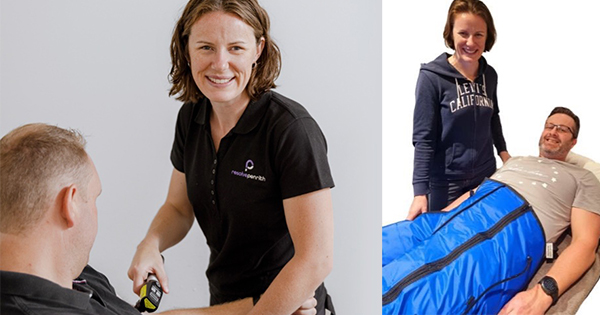<p>Based on experimental work, a practical definition of inelastic material is provided and some superior effects concerning an improvement of the venous haemodynamics are emphasised in this article. In contrast to elastic compression, this material can narrow the veins in the upright position and to exert beneficial haemodynamic effects by abolishing reflux and improving the venous pump. The main disadvantages are the fact that proper application is not easy and that these inelastic bandages lose pressure quickly. Most inelastic bandages are applied with a pressure that is too low. Training courses in which the sub-bandage pressure can be checked by adequate measuring instruments may improve this situation. Self-applied Velcro® devices where the pressure can be measured by the patient using simple measuring aids provided by some companies may be a valuable alternative. The patient feels which pressure is beneficial and can readjust the system whenever it is getting loose. Newly developed pumps are also of increasing interest.</p>






